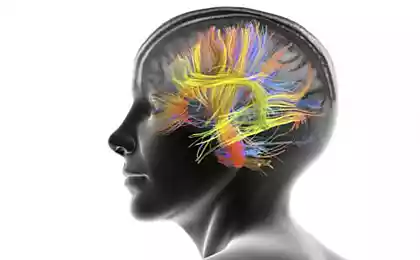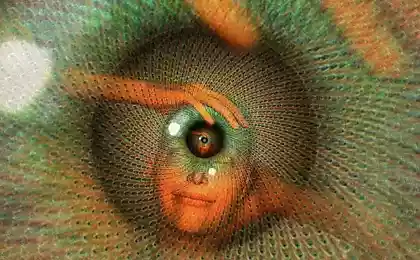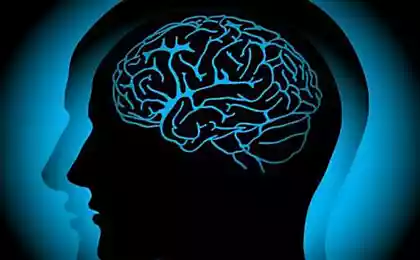570
Spaun - the most realistic model of the human brain

The sequence of numbers: 1 2 3, 5 6 7, 4 March? What should be the last member of this series? Our neurons cope with this task in jest - of course, 5 - but the computer it is a tough nut to crack. But not for Spaun. Instead of 86 billion neurons in the human brain mediocre Spaun contains only 2 to 5 million virtual computer model of neurons, but enough of them to work with digital series, simple arithmetic calculations and solving some abstract problems.
Spaun - the brainchild of Canadian scientist Chris Elayyasmita and his colleagues - and, unlike other projects to create artificial analogue of the living brain copes fairly limited number of virtual "neurons". Their creators, according to the authors, too passionate about the pursuit of a long-awaited electronic simulation of the human brain and forget about the main thing: about the purpose and the brain, and simulations. Elayyasmit and his team began work on the reverse, on the functions and behavior of the implementation of which depends on the success of the model created. From this viewpoint Spaun far superior models involving and billions "neurons».
But each virtual "neuron» Spaun most accurately reproduces the actual physiology of the neuron in its interaction with fellow emulated even spread of potential gradient and signal transmission via neurotransmitters. "Neurons" are combined into groups corresponding to areas of the brain that processes visual information, controlling traffic, providing short-term memory. Equally realistic is organized interaction between these groups.
When Spaun sees a picture (it is enough to 28 × 28 pixels), it will recognize in it a sequence of digits and is able to perform them as the simplest tasks - for example, to write this series, controlling the movement of robotic "hands" with a pencil - and complex - for example, write missing the last digit of a number.
via factroom.ru























